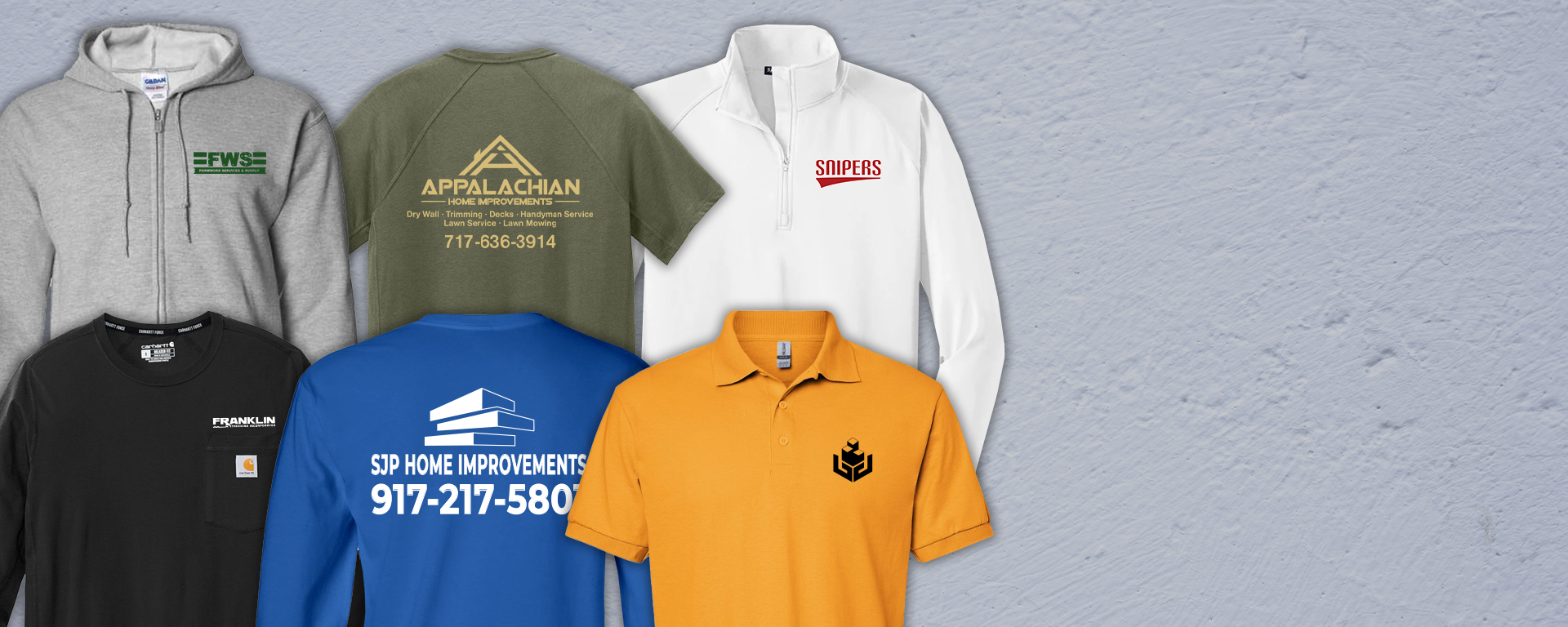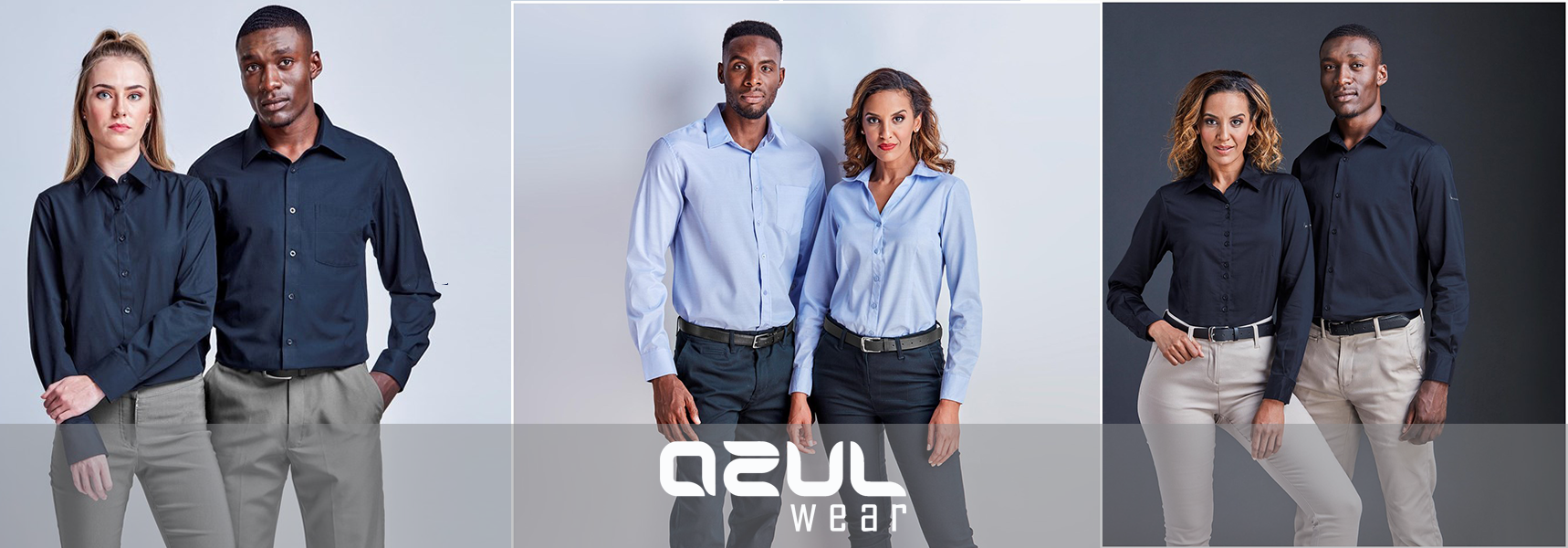The Best Fabrics to Look for in Branded Clothing for Summer
The Best Fabrics to Look for in Branded Clothing for Summer
Blog Article
Recognizing Clothes: The Value of Material Choices in Your Closet
The selection of textile in clothing plays an essential role in both looks and functionality. Various materials use varying levels of resilience, breathability, and convenience, directly influencing the wearer's experience. Comprehending these subtleties can enhance one's wardrobe considerably. Many forget just how these selections can impact not just personal style, however also sustainability. What material decisions could redefine your closet and straighten it with both style and responsibility?
The Role of Textile in vogue and Capability

Usual Fabric Types and Their Attributes
When choosing apparel, understanding the characteristics of typical material types is essential for making informed selections. Cotton, a widely-used all-natural fiber, is known for its soft qualities, versatility, and breathability, making it suitable for sportswear and daily garments. Linen, one more all-natural option, flaunts exceptional moisture-wicking buildings and an unique appearance, suitable for warm climates.Wool, often favored for its warmth and resilience, varies in fineness; merino woollen is soft versus the skin, while coarser types are made use of for outerwear. Artificial materials like polyester and nylon provide durability and resistance to creases, making them preferred for activewear and traveling garments. Lastly, blends, which integrate artificial and natural fibers, can improve capability while preserving comfort. By acknowledging these material attributes, individuals can pick apparel that straightens with their way of living and visual choices.
Breathability and Comfort: Picking the Right Fabrics for Different Environments
Picking the appropriate materials for different environments can greatly enhance convenience and general wearability. Breathable products are necessary in warm climates, as they permit air flow and moisture dissipation. Fabrics such as cotton, linen, and moisture-wicking synthetics properly attract sweat away from the body, keeping the wearer cool and dry. Conversely, in colder climates, thicker fabrics like woollen or fleece supply insulation while retaining breathability, making sure heat without overheating.Additionally, the choice of fabric weight plays a crucial role; light-weight textiles are preferable for summer, whereas much heavier alternatives are matched for wintertime wear. Comprehending the one-of-a-kind properties of each material enables people to clothe properly for differing climate conditions. Inevitably, selecting breathable and comfy materials customized to certain climates can substantially boost everyday convenience and enhance the total experience of wearing garments.
Sturdiness and Treatment: How Material Influences Long Life of Your Closet
Choosing the ideal materials can significantly affect the longevity and care requirements of a wardrobe. Fabrics such as cotton and polyester are known for their resilience and simplicity of maintenance, making them optimal for day-to-day wear. In comparison, fragile products like silk and shoelace require even more mindful handling and specialized cleaning approaches, which can boost the time and initiative required for care. Branded Clothing.Durability is also influenced by the material's weave and coating; securely woven fabrics have a tendency to resist damage better than freely woven options. Furthermore, artificial blends frequently supply boosted durability, incorporating the best top qualities of numerous fibers.Understanding the care directions for each and every textile is crucial, as improper drying out or cleaning can cause early wear. Ultimately, selecting resilient products can bring about a longer-lasting closet, lowering the regularity of replacements and adding to an extra lasting fashion selection
The Impact of Textile on Fit and Silhouette

Lasting Textile Choices: Making Eco-Friendly Decisions
The influence of fabric prolongs past fit and shape to incorporate environmental the original source elements, motivating a growing passion in sustainable fabric options. Environmentally friendly materials, such as natural cotton, hemp, and Tencel, are acquiring traction among customers who prioritize sustainability in their closets. These products are frequently produced with fewer chemicals and water, minimizing their ecological footprint.Additionally, recycled materials, made from post-consumer waste, supply a cutting-edge solution to the fabric industry's contamination trouble. Brands progressively embrace openness in their sourcing approaches, allowing customers to make informed choices concerning their purchases.Choosing sustainable materials not just sustains ethical techniques yet additionally encourages the apparel industry to adopt more responsible manufacturing approaches. As awareness of ecological concerns rises, individuals are urged to mirror on the long-lasting influence of their material choices, cultivating a motion in the direction of a much more lasting and ecologically aware approach to fashion.
Raising Design: How Material Can Transform an Outfit
While lots of might focus on color and cut when picking an outfit, the choice of material plays an important function in boosting style and more information improving overall look. Various materials communicate distinct state of minds and messages; for example, silk exhibits high-end and class, while denim uses an informal, relaxed vibe. The structure and drape of a textile can drastically change the shape, with organized fabrics supplying a sleek look and softer ones creating a much more fluid, loosened up aesthetic.Moreover, the weight of the textile affects wearability across periods. Light-weight materials like bed linen and cotton are perfect for summer, while much heavier materials such as wool and velvet provide heat and style in cooler months. Recognizing material residential properties, such as breathability and stretch, also empowers individuals to make educated choices that enhance convenience without compromising style. Eventually, the ideal material can change a clothing from normal to remarkable, making it a vital factor to consider in any type of closet.
Frequently Asked Inquiries
Just how Do I Recognize the Material Material of My Clothes?
To identify fabric web content, one can analyze treatment labels, conduct melt examinations for fiber recognition, or consult fabric swatches. These approaches aid distinguish products, ensuring educated options for clothing treatment and maintenance in day-to-day wear.
Can Material Option Affect My Mood or Self-confidence?
Textile option can considerably affect an individual's mood and self-confidence. Branded Clothing. Certain materials may evoke feelings of convenience or beauty, while others can really feel limiting or uncomplimentary, ultimately affecting look at this site self-perception and emotional health throughout the day
What Fabrics Are Best for Sensitive Skin?
For people with sensitive skin, natural fabrics like bamboo, bed linen, and cotton are typically advised. These products are breathable, hypoallergenic, and less likely to create irritability, making them suitable choices for comfort and skin health.
Exactly how Do I Correctly Laundry and Look After Various Fabrics?
To correctly wash and care for different materials, one must consider each product's particular demands, consisting of temperature setups, detergents, and drying techniques, ensuring durability and preserving the textile's initial high qualities for suitable usage.
Are There Specific Fabrics for Athletic or Efficiency Use?
Sports or performance wear commonly uses fabrics such as spandex, nylon, and polyester. These materials are designed for moisture-wicking, breathability, and versatility, improving movement and convenience throughout physical tasks while supplying toughness and assistance. Alternatively, in chillier environments, thicker materials like woollen or fleece give insulation while keeping breathability, making certain heat without overheating.Additionally, the option of material weight plays an important role; light-weight fabrics are more suitable for summer season, whereas heavier choices are matched for wintertime wear. In contrast, fragile products like silk and lace call for more mindful handling and specialized cleansing methods, which can enhance the time and effort required for care.Durability is likewise affected by the textile's weave and coating; firmly woven materials have a tendency to resist wear and tear much better than loosely woven choices. In contrast, inflexible materials can limit activity but give a timeless, sleek look.Moreover, the density and appearance of the fabric can influence the visual understanding of body form. The impact of material expands beyond fit and silhouette to encompass ecological variables, prompting an expanding rate of interest in sustainable material options. The structure and drape of a fabric can drastically modify the silhouette, with structured fabrics providing a refined look and softer ones developing an extra fluid, loosened up aesthetic.Moreover, the weight of the textile influences wearability across periods.
Report this page